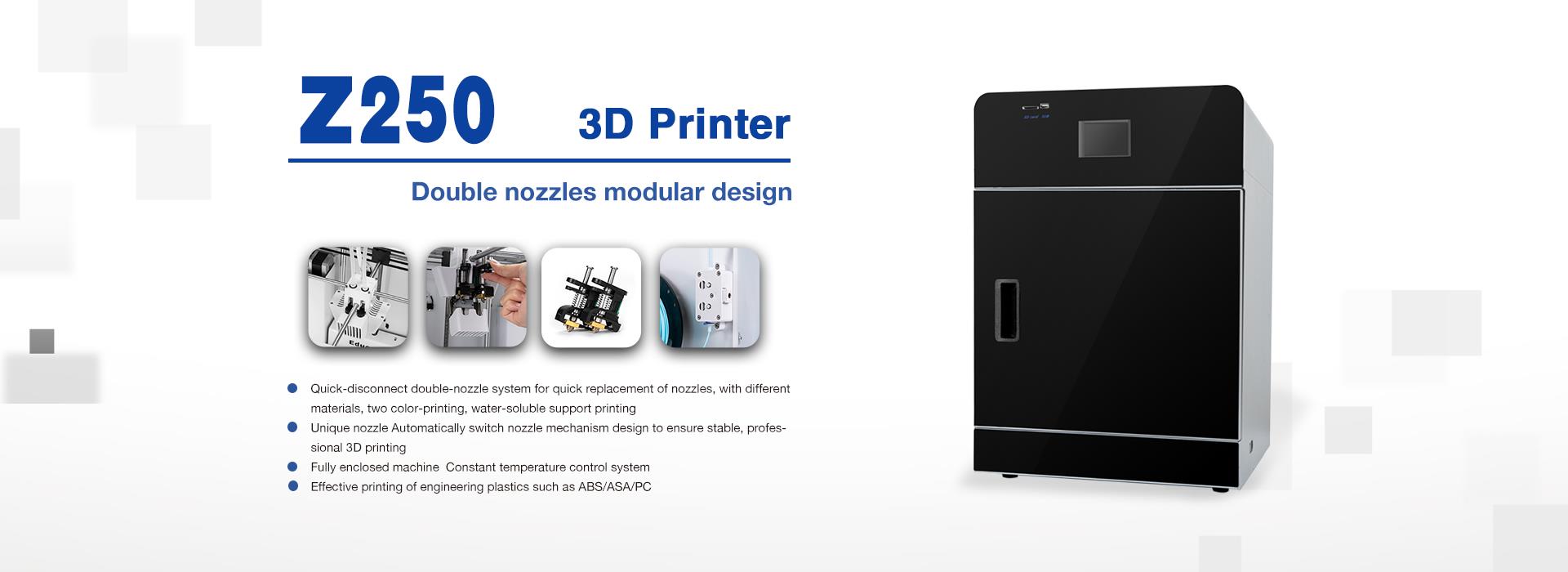In the classroom, the teachers conducted training on 3D printer basics, slicing software, modeling software, and Aurora 3D printing equipment. Through training, you learned the basics of simple 3D printing equipment operation, equipment maintenance and management, and further deepened the understanding and understanding of 3D printing technology. At the same time, each knowledge point has been written a case, printed and distributed to each teacher, the learning content is easy to understand and illustrated, easy to get started, after school can also read the school textbooks to view the production video for later learning and processing, training Teachers are very welcome to train and learn gradually and gradually, and they all actively work on the work, which means that they have benefited a lot. Through this special training, the teachers' ability to operate 3D printing equipment and related software has been improved, which is beneficial to fundamentally solve the shortage of 3D printing teachers in schools, thus accelerating the development of 3D printing education in schools.
Education 3D printer subverts the traditional classroom teaching mode, making classroom learning more intuitive, vivid and interesting. On the other hand, students participate in the process of design planning to 3D printing, spatial imagination, innovative thinking and practical hands-on quality. The ability has also improved.
Aurora's 3D printer equipment has been welcomed by thousands of primary and secondary school students in China. In addition to the welcome appearance, quality and service are recognized. Aurora Erwo 3D printer went into Feidong Education to help the first primary and secondary school 3D printing creative contest in Feidong County, so that more primary and middle school students can feel the magical charm brought by technology. We continue to follow up on the competition.
As the industry's first, embedded drainage systems have been created during the printing process. So far, 3D printed green walls have either relied on later integrated (metal) drainage systems or based on complex settings involving many different components. These drainage systems are critical to the proper functioning of integrated irrigation systems because excess water must be removed. The prototype has unprecedented innovation in design, functionality, technology and size, and can only be achieved with BigRep's world's largest serial production 3D printer (FFF).
3D printing technology can make up for the shortcomings of conventional manufacturing methods, and can quickly print out complex parts, which is a shortcut to realize the productization of complex parts.
"If you use 3D printing technology to manufacture aerospace components, you can at least reduce the cycle and cost by half." Lu Bingheng, academician of the Chinese Academy of Engineering and professor of Xi'an Jiaotong University, introduced the first "China Aerospace Additive Manufacturing Technology and Application Forum", American Aerospace In 2013, the J-2x rocket engine injector manufactured by 3D printing technology produced a record 9 tons of thrust in the high temperature ignition test, and integrated the number of parts of the integral injector group from the original 115 to 2. One, greatly improving production efficiency.
From the space "hardware shop" to the "space factory" "shortening the model development process, enabling small batch rapid manufacturing of complex structure products is just one aspect of 3D printing as a disruptive technology." Chen Jilun believes that 3D printing will break the traditional manufacturing process. The constraints of advanced structural design allow product designers to let go of the design of “the sky and the sky”.
Today, 3D printing has extended human manufacturing activities to outer space. As we all know, the space environment is completely different from the ground, which is the simple work of tightening the nut, which is greatly restricted in the space station, let alone manufacturing tools. So before the 3D printer was sent to space, humans went into space like camping outdoors, and they had to bring all the tools they needed. But since the space station has a 3D printer, astronauts can design and print out the much-needed personalization tools at any time, just like having a space "hardware store."
The promotion and popularization of educational 3D printer technology in the field of education
2019-06-26
Previous
3D打印材料和3D打印机耗材如何选用呢?Send Inquiry

